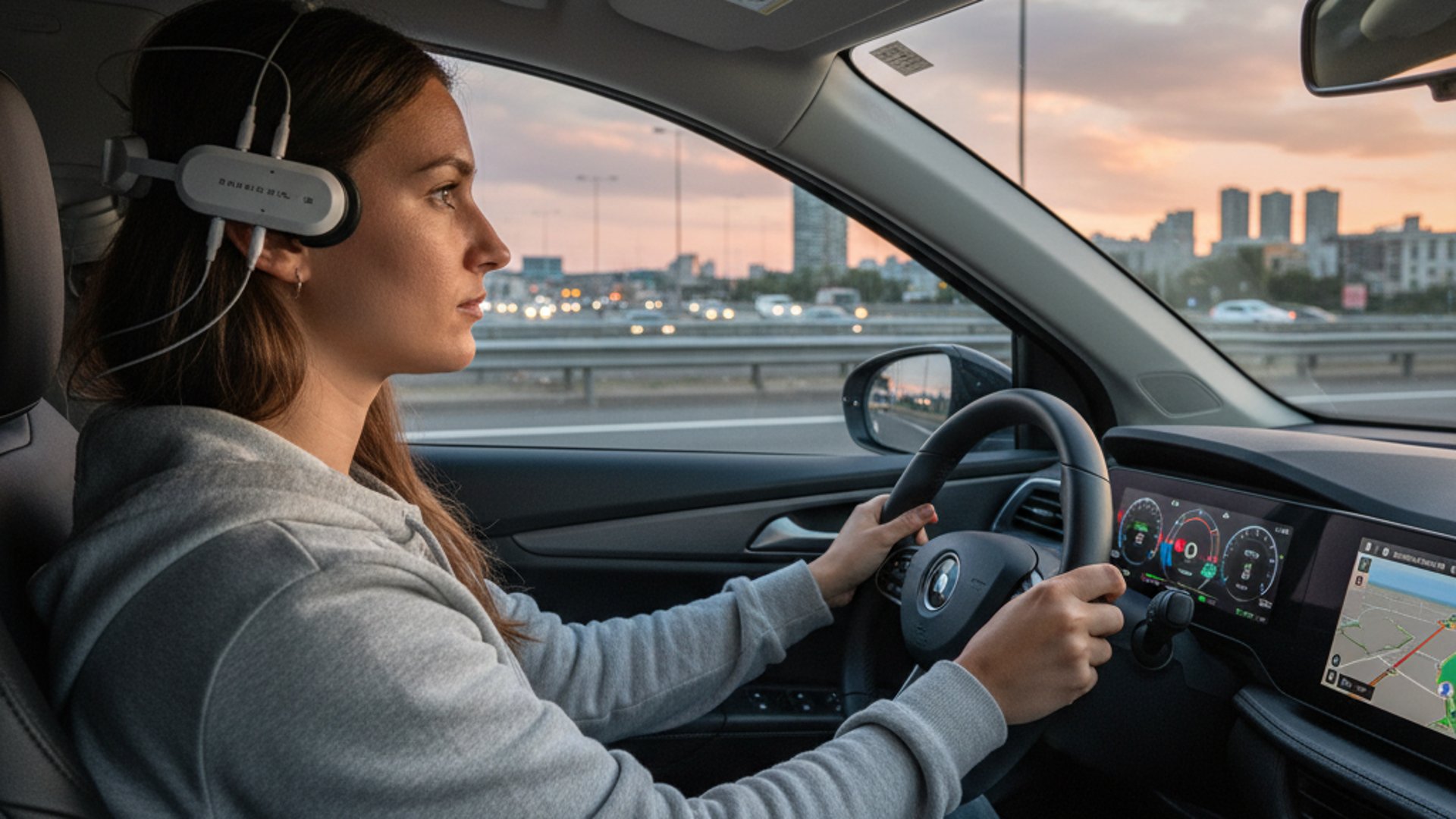
Expert Consultancy Services
EXPERIMENT DESIGN | EEG DATA ANALYSIS | EYE TRACKING ANALYSIS
USABILITY STUDY | COGNITIVE NEUROSCIENCE | HUMAN FACTOR & UX
CUSTOM RESEARCH SOLUTION
Tailored solutions for corporates and students
Trusted by
★★★★★
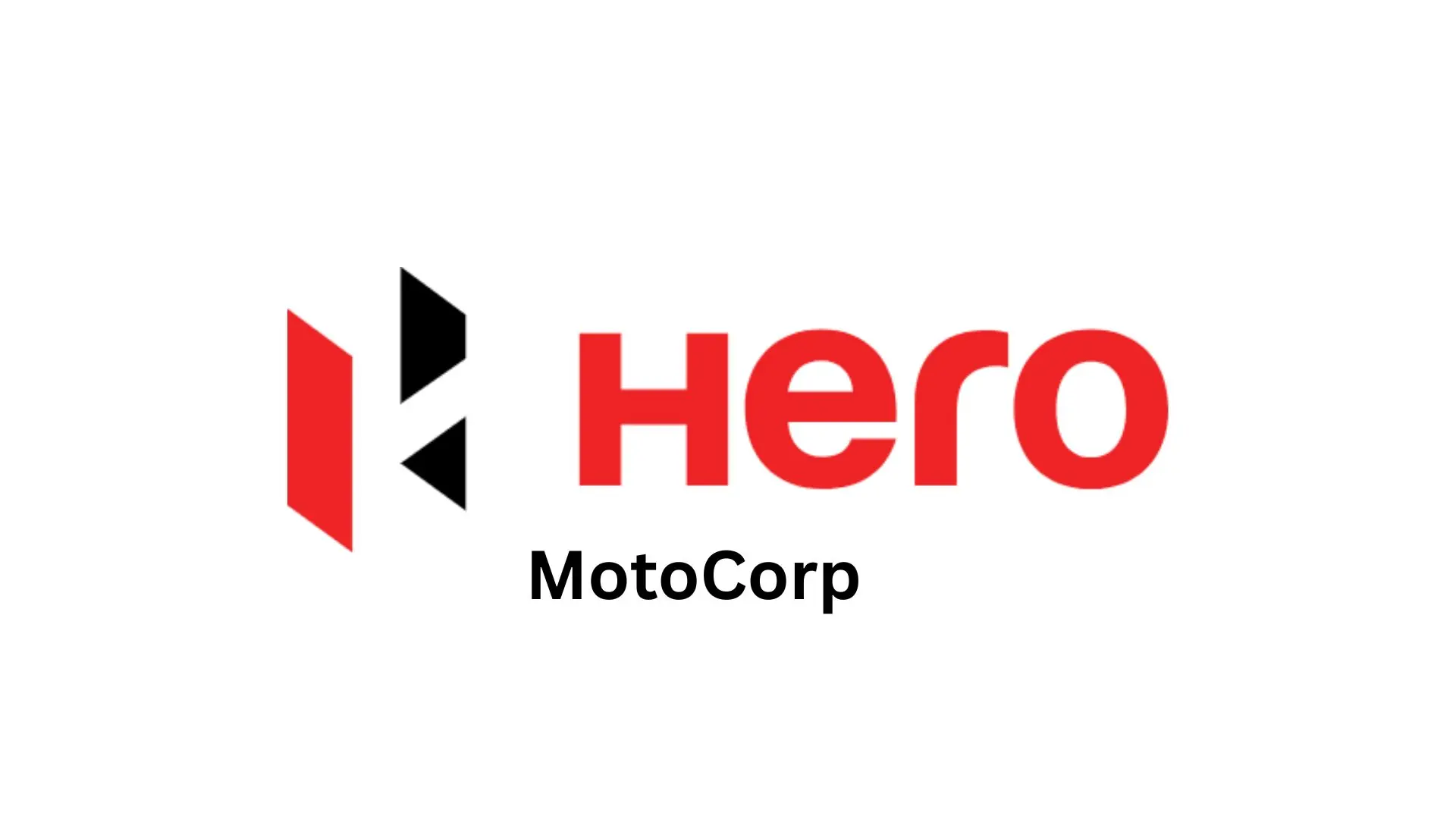

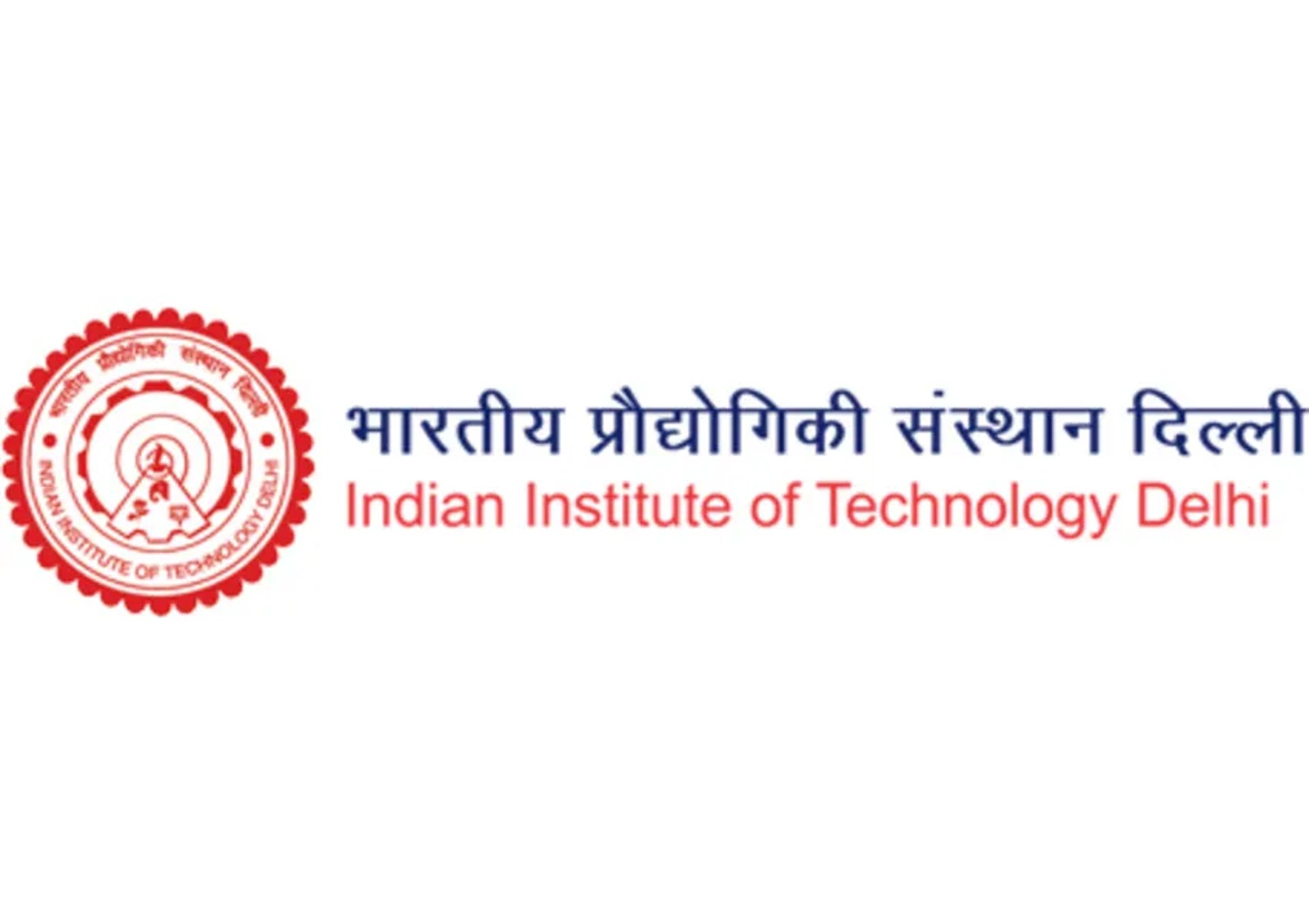
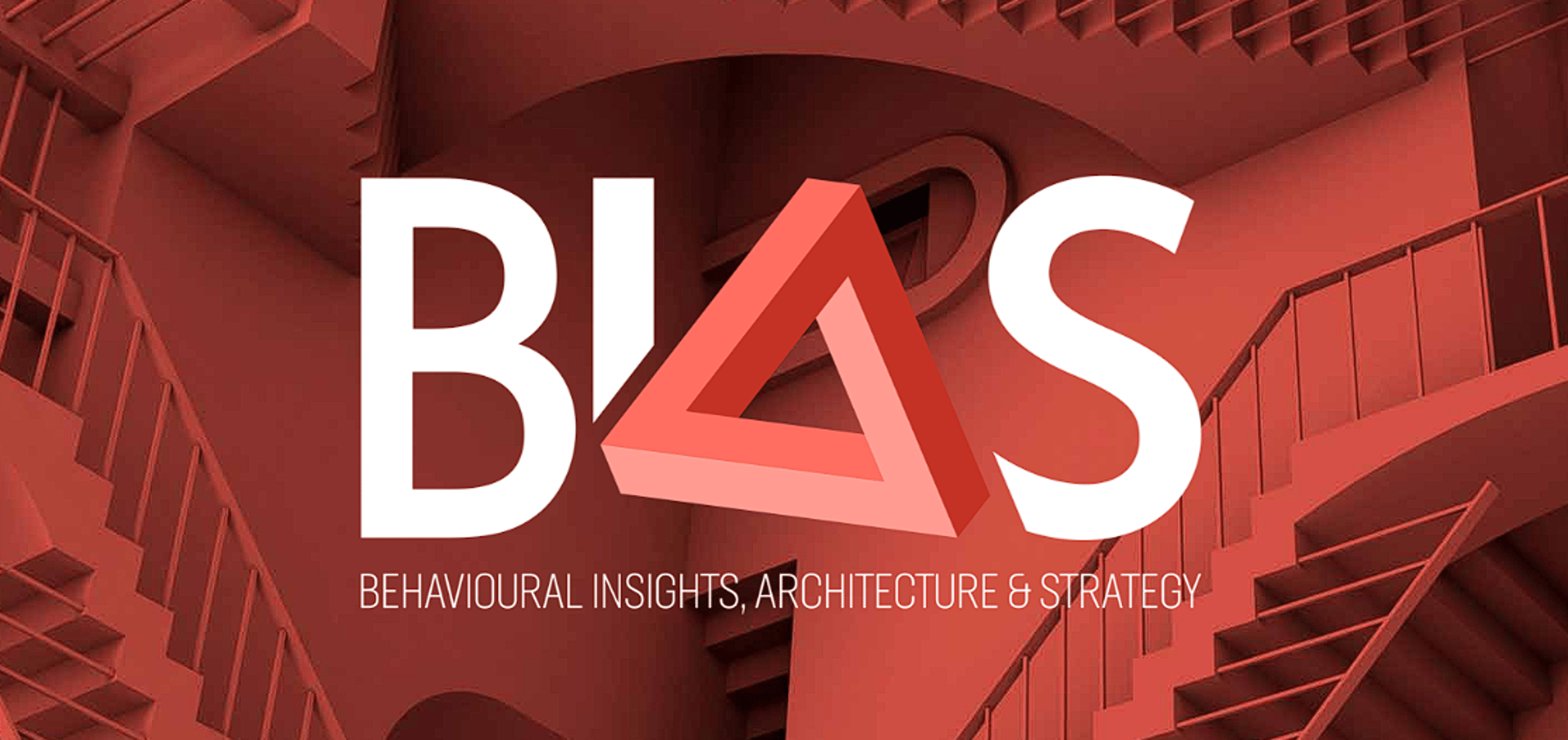

About Me
I am Dr. Greeshma Sharma, with over 14 years of experience in research and academia. I hold a PhD from The University of Delhi and a Postdoctoral Fellowship from IIT Delhi. I am currently an Associate Professor at the School of Design, Rishihood University.
My expertise spans neuro-UX research, advanced psychophysiological methods (EEG, eye-tracking, EMG, GSR), and applied design across domains such as automotive interfaces, immersive media (VR/AR), health technology, and educational technology.
With over 40+ Scopus-indexed publications, my research integrates human factors, neuroscience, psychology, and quantitative methods to bridge scientific understanding and practical UX innovation. Few details on my past research/consultancy experiences:
Human Factors (usability, workload, ergonomics).
Neuroscience (EEG/fNIRS, brain connectivity, VR cognition)
Psychology (mindfulness, empathy, resilience).
Statistics/Methods (AI/ML, psychometrics, experimental design) translating scientific insights into actionable UX strategies.
My industry collaborations include consultancy services to Hero MotoCorp, Maruti Suzuki, Airtel, IBM, CSC (Govt. of India), IIT Delhi, BIAS Inc. and many more.
My consultancy and teaching philosophy combines systems thinking, evidence-based design, and critical inquiry, guiding students and organizations to create experiences that are innovative, immersive, empathetic, and socially responsible.




Publications
Automotive & Human Factors UX
Sharma, G., Chatterjee, J., & Chandra, S. (2022). Where to display vital information? ERP evidence for Background changes. Heliyon, e09237 (Heliyon)
Takeaway: ERP shows placement of critical info shapes attention — useful for HUDs and driver dashboards.Kumar, J., Sharma, G., Kujur, A., Brahmi, M., & Raman, A. V. (2024). Navigating Cognitive Workload: Multimodal Evaluation of Infotainment Accessibility in Indian Drivers. International Journal of Research and Innovation in Applied Science, 9(11), 560-574 (IJRIAS)
Takeaway: EEG + eye-tracking reveal overload patterns, guiding safer infotainment design.Chandra, S., Verma, K. L., Sharma, G., Mittal, A., & Jha, D. (2015). EEG based cognitive workload classification during NASA MATB-II multitasking. International Journal of Cognitive Research in Science, Engineering and Education (IJCRSEE), 3(1), 35 (IJCRSEE)
Takeaway: Neural signals predict multitasking stress, enabling UI load-balancing.Kujur, A., Bhattacharya, A., Sharma, G., and Kumar,J. (2022, November). Prediction of Workload under Distraction using Supervised Learning Algorithms.3rd International Conference on Issues and Challenges in Intelligent Computing Techniques (ICICT), Ghaziabad, India , pp. 1-5, doi: 10.1109/ICICT55121.2022.10064593 (IEEE ICICT)
Takeaway: ML models classify distracted workload, supporting driver-assist and cockpit monitoring systems.Kumar, R., Sharma, G., Chandra,S., Kanoi, I., Arora, R. (2017). Impact of socially relevant commercials on consumer behaviour: An emotion recognition based study using EEG imaging. WJERT, 3, 212-223 (WJERT).
Takeaway: EEG imaging reveals how social messaging shapes emotional engagement, informing neuromarketing and persuasive design.
Neuroscience & Cognitive Ergonomics
Brahmi, M., Jain, H., Swami Sahni, P., Sharma, G., Soni, D., & Kumar, J. (2025). Affect-elicited N1 and P3b Effects Under Attentional Demands: Event-related Potentials-based Mass-univariate Analysis in Young Adolescents with Gender Implications. Annals of Neurosciences, 09727531251346432 (Annals of Neurosciences)
Takeaway: Gender-linked ERP effects reveal how emotion modulates attention, informing age- and gender-aware UX in learning and gaming systems.Sharma,G., Daniel, R., Chandra, S., Singh, R. (2019). Effect of complexity on frontal event related desynchronisation in mental rotation task. Applied Psychophysiology and Biofeedback. 1-11 (Applied Psychophysiology & Biofeedback)
Takeaway: Complex visuals demand higher brain effort — supports leaner design for efficiency.Sharma, G., Anto, A., Singh, V.(2018). Sex Differences In Mental Rotation: Cortical Functional Connectivity Using Direct Transfer Function. Biomedical signal processing & control. 40, 425-432 (Biomedical Signal Processing & Control)
Takeaway: Neural pathways differ by gender, informing persona-sensitive cognitive tools.Sharma, G., Gramann, K., Chandra, S., Singh, V., & Mittal, A. P. (2017). Brain connectivity during encoding and retrieval of spatial information: individual differences in navigation skills. Brain Informatics, 4(3),1-11 (Brain Informatics)
Takeaway: Navigation skill variance reflects brain networks, guiding adaptive VR training.Sharma, G., Pandey, V., Chauhan, A., & Chandra, S. (2023). Deep Learning Approaches for Electroencephalography (EEG)-Based User Response Prediction. Artificial Intelligence Evolution, 226-233 (Artificial Intelligence Evolution)
Takeaway: CNN/LSTM predict correct vs. incorrect answers — powering error-preventing adaptive UX.Jain, P., Sharma, G., Kirode, P., Koria, H., Deep, A., & Jain, N. K. (2023, February). EEG-Based Real-Time Prediction of Cognitive State on Smartphone. In International Conference on Emerging Trends and Technologies on Intelligent Systems (pp. 147-159). Singapore: Springer Nature Singapore (Springer ICETTIS)
Takeaway: Demonstrates portable EEG classification, enabling mobile-ready cognitive state monitoring.Sharma G, Bhakar J, Saran K. (2024). Functional Mri-Based Discrimination of Adhd: Insights from Working Memory and Reward Processing. Journal of Neuroscience and Neurological Research. BioRes Scientia Publishers. 3(2):1-8 (Journal of Neuroscience and Neurological Research.)
Takeaway: fMRI signatures differentiate ADHD traits, supporting clinical-grade UX testing pipelines.
Immersive Media & AR/VR UX
Sharma, G., Kaushal, Y., Chandra, S., Singh, V., & Mittal, A. P., Dutt,V. (2017). Effect of landmarks on wayfinding and brain connectivity in immersive virtual reality. Front. Psychol. 8:1220 (Frontiers in Psychology)
Takeaway: Landmarks optimize navigation — improves AR wayfinding and indoor guidance.Kumar, R., Sharma, G., Kumar, L., Chandra, S. (2017). Effect of immersion (2D vs. 3D) on attention through virtual reality. IJSR, 6(3), 204-207 (IJSR)
Takeaway: 3D boosts attentional capture, shaping VR education & training UX.Sharma, G., Malhotra, S., Chandra, S., Singh, V., & Mittal, A. P. (2016). Evaluating orientations to Virtual Reality interfaces using Eye Tracking. International Journal of Scientific Research in Information Systems and Engineering (IJSRISE), 2(1), 78-83 (IJSRISE)
Takeaway: Optimal viewing reduces fatigue, enhancing VR task design.Sharma,G. and Kumar, J (2022, April). Framework for AI based UX: rethinking design process. IHIET 1: Human-centered Design. AHFE International (AHFE IHIET)
Takeaway: Proposes AI-integrated UX cycles, supporting next-gen design workflows.
Mindfulness, Psychology & Wellbeing
Daniel, R. V., Sharma, G., & Chandra, S. (2022). Effective stress management through meditation: An electroencephalograph-based study. International Journal of Yoga, 15(1), 45 (International Journal of Yoga)
Takeaway: Meditation modulates EEG stress markers — informs digital mindfulness interventions.Chandra, S., Sharma, G., Sharma, M., Mittal, A. P., & Jha, D. (2016). Workload regulation by Sudarshan Kriya: an EEG and ECG perspective. Brain Informatics,4, 13-25 (Brain Informatics)
Takeaway: Breathing practices down-regulate stress, useful for wellness UX.Goswami S. , Brahmi M. , Suresh G., Sharma G. , Kumar J. (2024). Exploring Hindu-Buddhist Philosophies: The Role of Quiet Ego and Non-Attachment in Fostering Resilience among Young Indians. IJRISS, 8 (6), 705-717 (IJRISS)
Takeaway: Ancient philosophy supports resilience, grounding culturally sensitive design.Brahmi, M., Jain, H., Sharma, G., & Kumar, J. (2025). Electrophysiological and behavioral markers of empathy-mindfulness associations in novices: Evidence for “empathic affectfulness.”. NeuroRegulation, 12(3), 199-199 (NeuroRegulation)
Takeaway: EEG and behavioral markers capture how mindfulness enhances empathy, guiding calm-tech and wellness-focused UX.Brahmi, M., Soni, D., Ali, A., Sharma, G., & Kumar, J. (2025). Construct Validity, Dimensionality, and Internal Consistency of Psycho-social Questionnaires in Indian Young Adults: A Cross-sectional EFA-PCA-based Study. Annals of neurosciences, 09727531251347182. Advance online publication (Annals of Neurosciences)
Takeaway: Validates key psycho-social scales, providing robust measurement tools for mental health apps and user research.
Education, Systems & Organizational Design
Kumar, J., Sharma, G. (2024). Neuroscientific Perspective of School-Based Yoga and Mindfulness Education. In: Anand, A. (eds) Neuroscience of Yoga. Springer, Singapore (Springer)
Takeaway: Mindfulness builds executive function, guiding child-centered edtech UX.Mehta, N., Sharma, G., Kumar, J. (2023). Are we prepared for the introduction of a creative paradigm in educational setups using digital technology? Viewpoints from teachers and parents. IRJMSH,14(2), 306-322 (IRJMSH)
Takeaway: Identifies barriers to digital creativity adoption, steering curriculum UX alignment.Khare, A.P., Kujur, A., Sharma, G., Kumar, J. (2023). Proposal of an e-learning Evaluation Model for Online Design Courses and Its Psychogalvanic Validation. In: Chakrabarti, A., Singh, V. (eds) Design in the Era of Industry 4.0, Volume 1. ICORD 2023. Smart Innovation, Systems and Technologies, vol 343. Springer, Singapore (Springer ICORD 2023)
Takeaway: Physiological data validates course UX, enabling evidence-driven edtech metrics.Verma, A., P. Deep, P., Aman, K., Khemchandani,V., Chandra, S., and Sharma, G. (2021). Cognitive Profiling for Job Recruitments: A Clustering-Based Approach. International Conference on Computational Performance Evaluation (IEEE ComPE)
Takeaway: Clustering recruits on cognition traits, supporting HR tech and selection UX.Khanduri, V., Sharma, G., Kumar, J., & Kumar, N. (2023). Identification of Competencies in Upper Management: The Transformative Power of Service Design Thinking. International Journal of Research Publication and Reviews, 4(6),1181-1189 (IJRPR)
Takeaway: Service design maps leadership competencies, enhancing organizational UX strategy.
Consultancy Services
Expert guidance for corporates and students in neuroscience and design.
Corporate Consultancy
Where neuroscience meets design — turning user data into business intelligence.
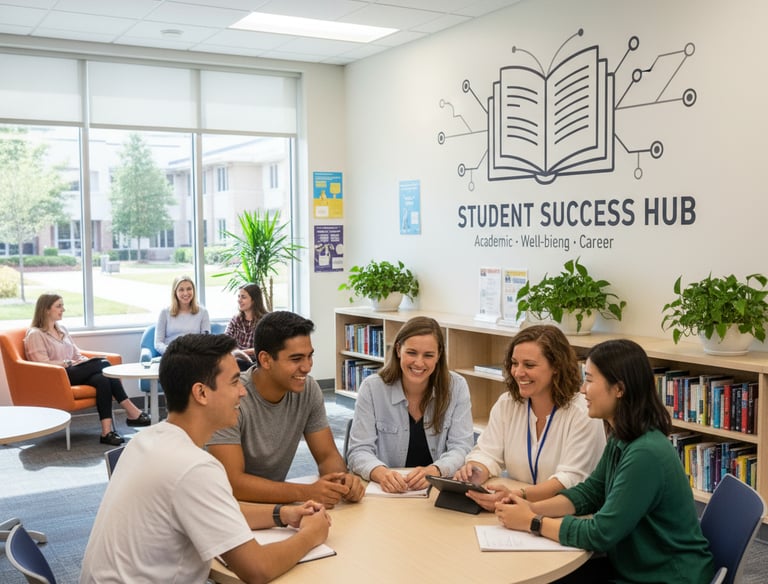

Student Assistance
Research and PhD support in neuroscience, psychology, and biomedical fields.
Contact Us
© 2025 greeshmasharma.com. All rights reserved.




